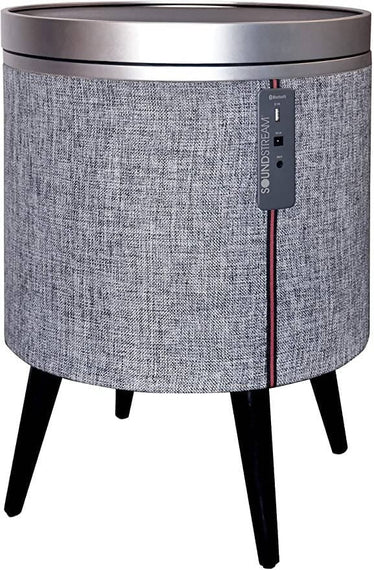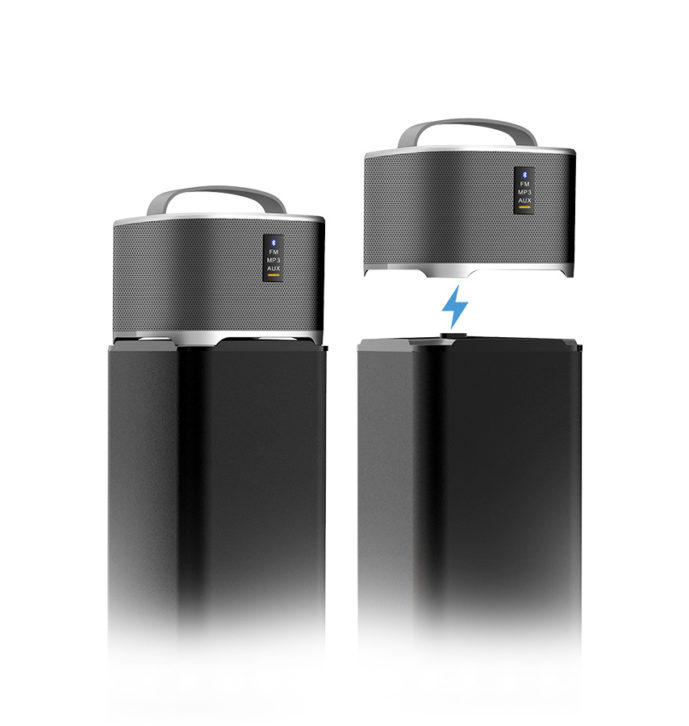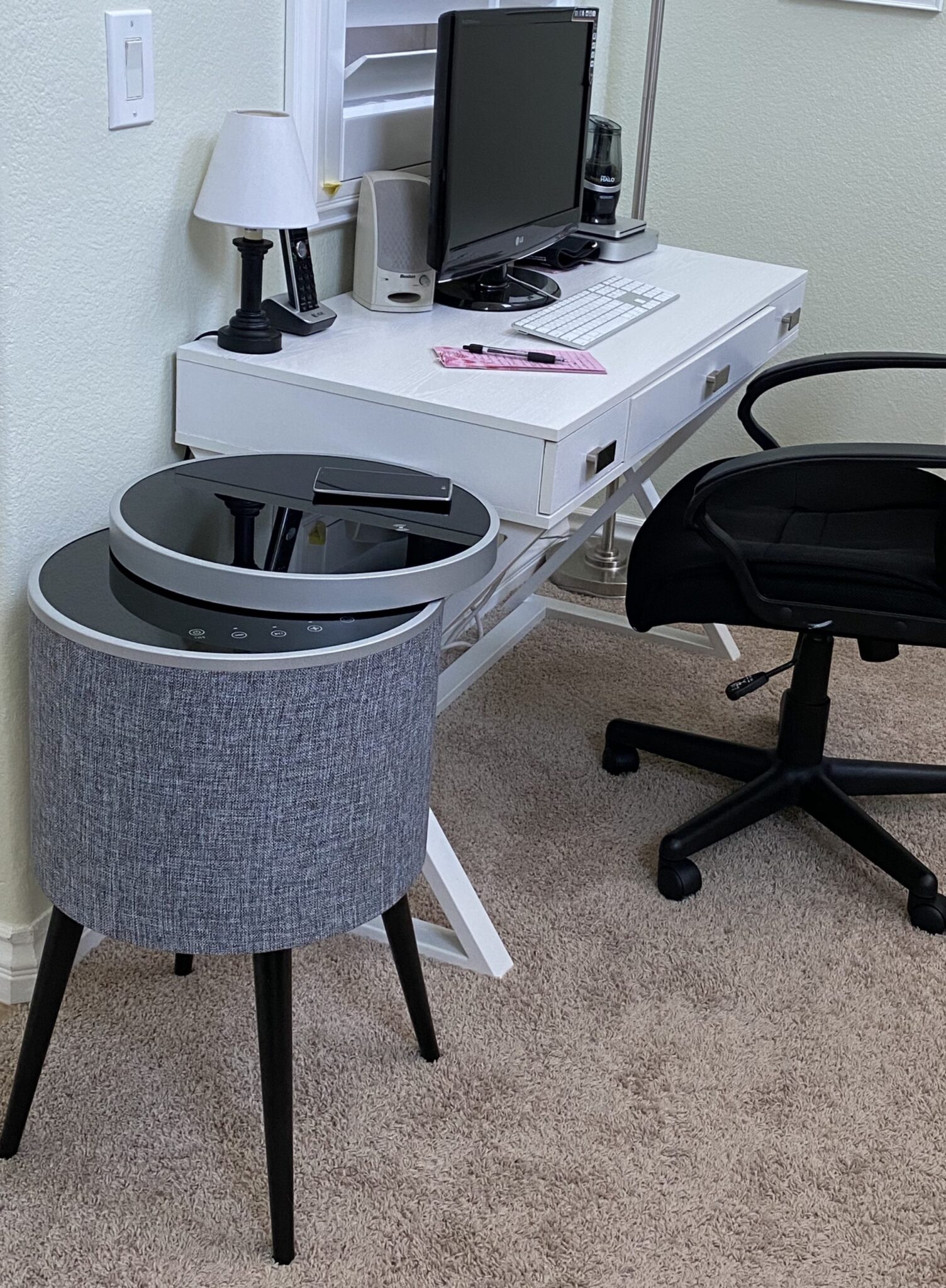

Slew rate limit error, caused by the inability of the ADC input value to change sufficiently rapidly.


In practice, the continuous signal is sampled using an analog-to-digital converter (ADC), a device with various physical limitations. Without an anti-aliasing filter, frequencies higher than the Nyquist frequency will influence the samples in a way that is misinterpreted by the interpolation process. Therefore, s( t) is usually the output of a low-pass filter, functionally known as an anti-aliasing filter. The quantity ½ cycles/sample × f s samples/sec = f s/2 cycles/sec ( hertz) is known as the Nyquist frequency of the sampler. That fidelity is reduced when s( t) contains frequency components whose periodicity is smaller than two samples or equivalently the ratio of cycles to samples exceeds ½ (see Aliasing). But the fidelity of a theoretical reconstruction is a customary measure of the effectiveness of sampling. Most sampled signals are not simply stored and reconstructed. That purely mathematical abstraction is sometimes referred to as impulse sampling. Mathematically, the modulated Dirac comb is equivalent to the product of the comb function with s( t). When the time interval between adjacent samples is a constant ( T), the sequence of delta functions is called a Dirac comb. The Whittaker–Shannon interpolation formula is mathematically equivalent to an ideal low-pass filter whose input is a sequence of Dirac delta functions that are modulated (multiplied) by the sample values. Reconstructing a continuous function from samples is done by interpolation algorithms. Its units are samples per second or hertz e.g. The sampling frequency or sampling rate, f s, is the average number of samples obtained in one second, thus f s = 1/T. Then the sampled function is given by the sequence : s( nT), for integer values of n.

Sampling can be done for functions varying in space, time, or any other dimension, and similar results are obtained in two or more dimensions.įor functions that vary with time, let s( t) be a continuous function (or "signal") to be sampled, and let sampling be performed by measuring the value of the continuous function every T seconds, which is called the sampling interval or the sampling period. See also: Nyquist–Shannon sampling theorem


 0 kommentar(er)
0 kommentar(er)
